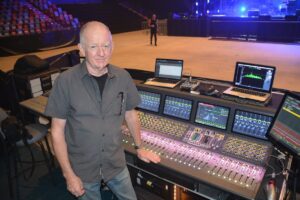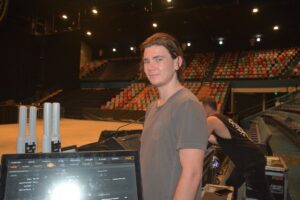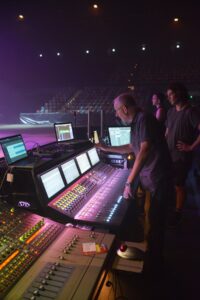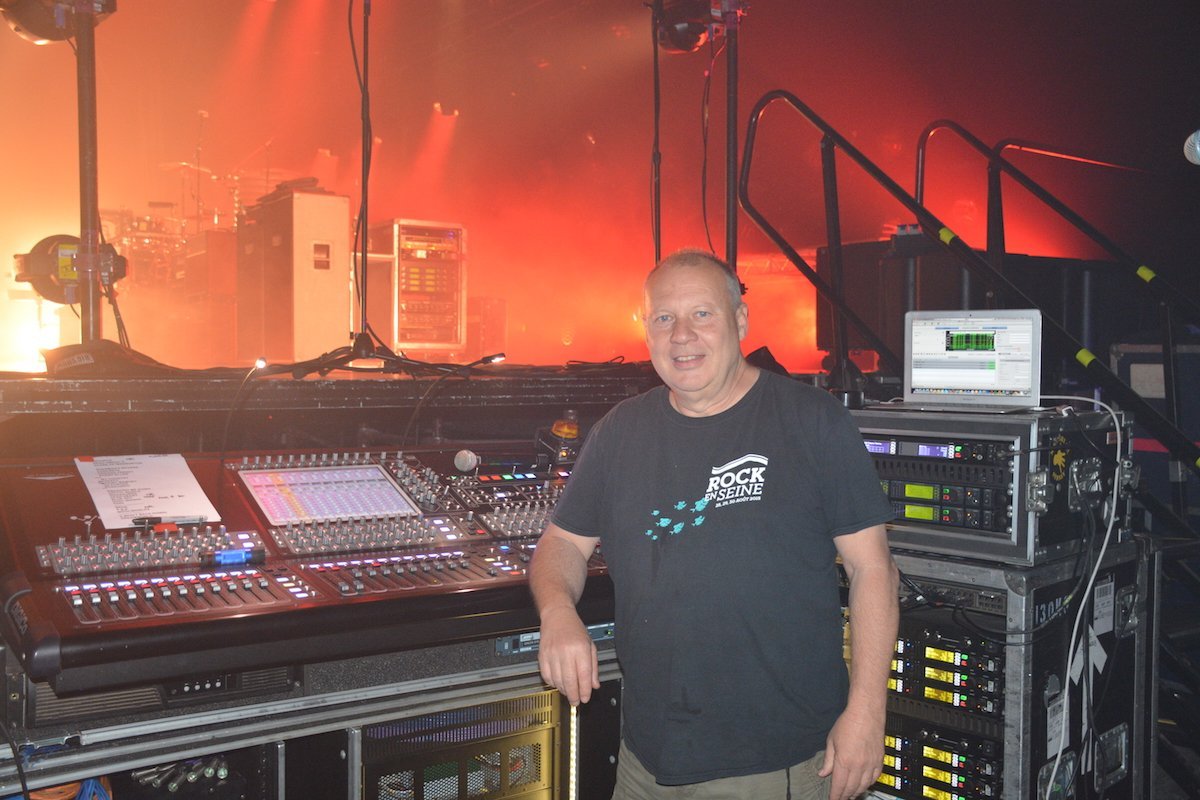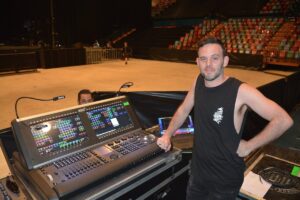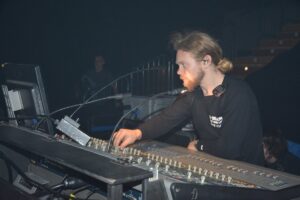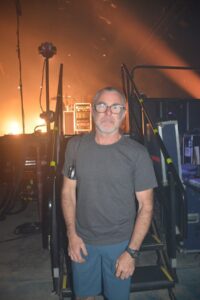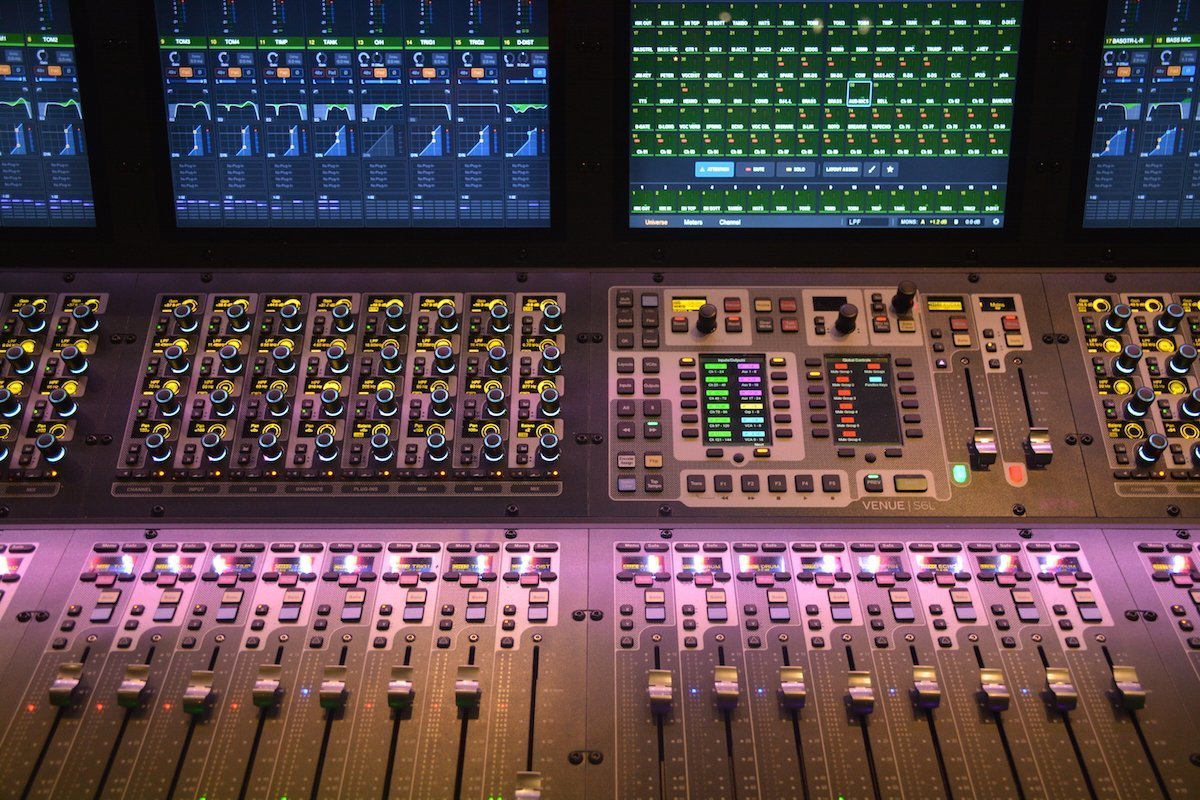News
23 Oct 2017
Review: Midnight Oil 2017
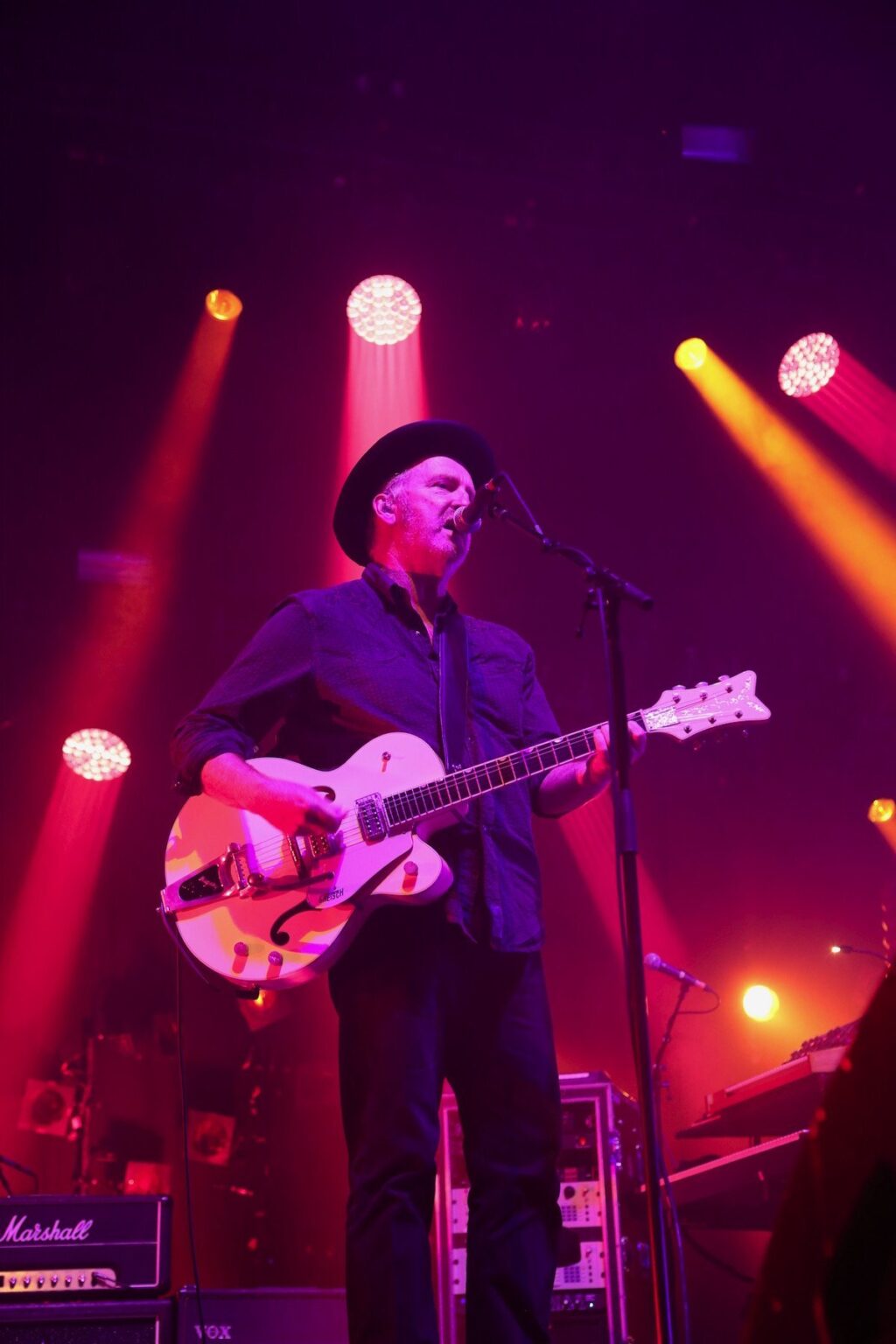
Subscribe to CX E-News
Midnight Oil in Townsville. The Great Circle 2017 World Tour.
By Cat Strom.
Legendary Australian rock band Midnight Oil began their “The Great Circle 2017” World Tour with a warm up gig at Selina’s (Coogee, Sydney) in mid-April and after literally circling the world, they will end with a gig in Sydney.
During the tour Midnight Oil performed over thirty gigs around the world during the northern summer, playing iconic venues from Sao Paulo’s Espaço das Americas and the Wiltern in L.A. to London’s Hammersmith Apollo and The Olympia in Paris. They shared festival stages with artists like Arcade Fire, Sting and Pixies and finally returned to New Zealand after 20 years.
Given the band’s deep connections with central Australia the local leg kicked off in Alice Springs and Darwin before starting to circle their homeland with a show in the rainforest near Cairns. Over the following five weeks tour loops clockwise around the country in mainly outdoor venues.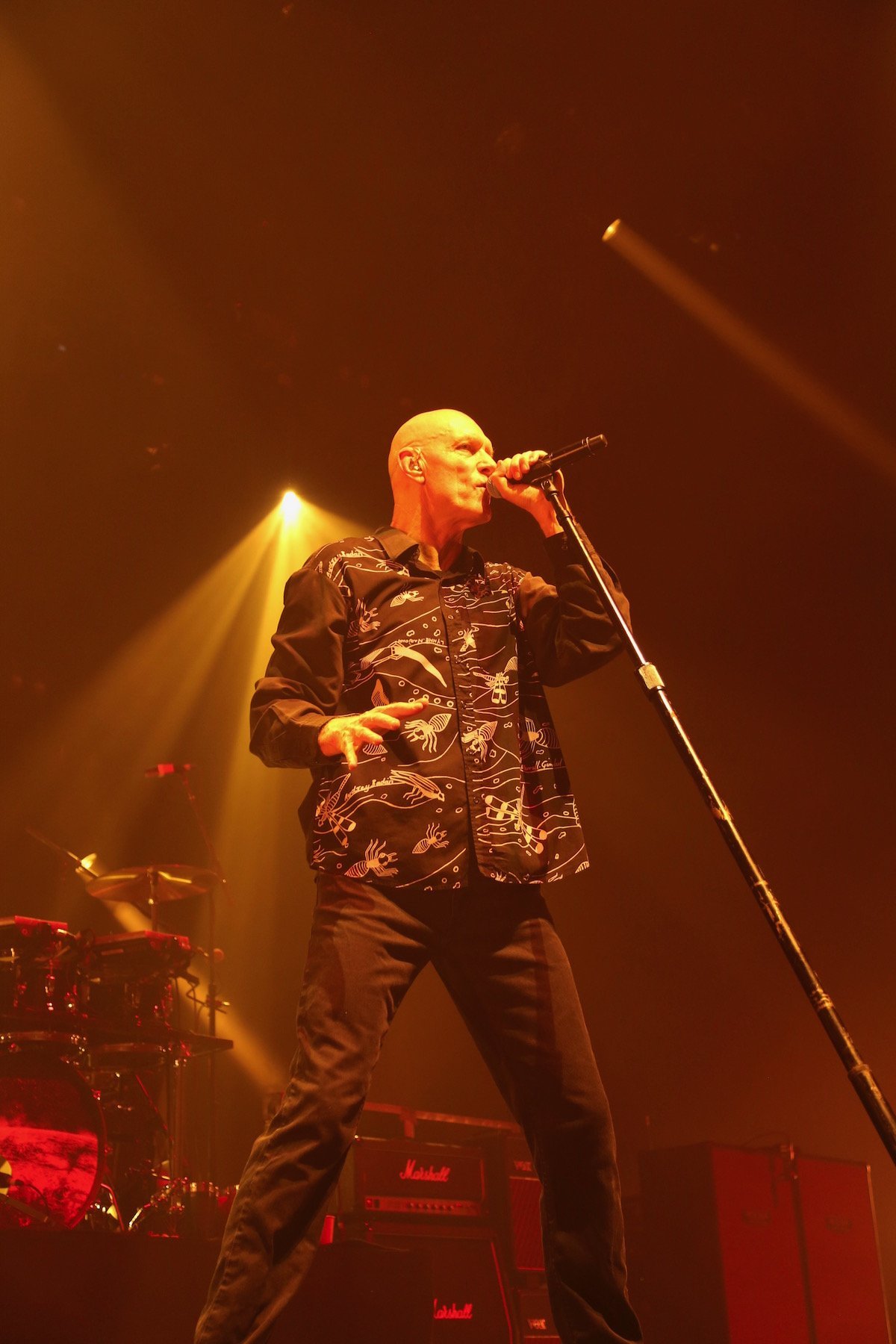
CX caught up with The Oils in Townsville, their first ‘proper’ gig of the Australian tour held a day after production rehearsals. After Qudos Bank Arena and the ICC in Sydney, Townsville Entertainment Centre was an absolute treat. There was little to no security, it only held 4000 people and a glass of wine (the choice was red or white) was only $6.00! The venue staff even kept the air conditioning low to enable a lovely haze blanket to envelope the room. The vibe was super chilled and such a contrast to the security obsessed ICC.
FOH was Colin Ellis who was running an Avid Venue S6L and thanks to Clair Global, he had had one all across the world. Colin first experienced the S6L when Richie Robinson visited his hometown of Hobart with Icehouse.
“I raced down to the casino to have a look at it and Richie gave me a quick run over,” said Colin. “We actually loaded my file off the old Profile into it and it all came up brilliantly, minus the plugins. I decided then and there to use one on The Oils.”
Colin described the transition as relatively easy revealing that the instructional videos online are very good and appear to have all of the answers.
“The only real difference is that you don’t have the plugins – but you don’t need them,” added Colin. “The S6L definitely sounds better than the Profile, it runs at 96K whereas the Profile is 48K so all of the high end is better and it’s much more focused. The EQ’s are really sharp and usable, the pressure in the console is really good ……. everything is way improved.”
With the Avid Profile Colin would have used up to 60 plugins to make it sound better whereas with the S6L he only had five plugins, commenting that he doesn’t feel that he needs more than that.
“The S6L has made me realise how much latency is going on and blurring of the sound in a Profile when it is full of plugins,” Colin remarked. “Most digital consoles have layers but the S6L has layers and lay outs. You can make up to 24 lay outs and put any channel or any VCA or group or subgroup in it. I only have three layouts; one with the groups on the surface, one with my effects returns on the surface and one for when the band go to their acoustic section of the show.”
The main reverb used by Colin was the ReVibe II, a couple of Sansamp plugins for distorted sounds, an Avid Multiband Pro compressor and a Fairchild.
Colin commented that a massive improvement with the S6L was the resolution of the screens which are now crystal clear. Even outdoors when the band played in daylight, Colin could clearly see the screen content.
Colin describes mixing for Midnight Oil as a case of refinement although Peter’s voice can be a little tricky as he sounds completely different when he talks to when he sings. Normally Colin would Snapshot every song but he soon gave up with Midnight Oil.
“I did about five Snapshots then realized that they are drawing from 160 songs and gave up as it wasn’t worthwhile!” he said. “Every night they play five or six different songs and I just run with it as a rock show although it means I have to manually change effects for each song.”
The main hang of the PA was L-Acoustics K1, twelve aside with two K2’s underneath, with twelve K2 in each of the side hangs. That will be the set hang for the tour although some of the larger outdoor shows will have extra cabinets and delays.
Colin admits that he has never been one for big fancy mics and so microphones were stock standard old school with Shure 57 and KSM32 for guitars, AKG 414 for overheads, Shure Beta 58 for vocals plus a couple of radio microphones with Beta heads, and Sennheiser 902 for the kick drum with a 901 inside.
On monitors was Paul ‘Kenno’ Kennedy with a DiGiCo SD10 running twelve stereo sends of PSM1000 IEMs plus five sends of M2 wedges on stage.
“There’s a wedge for each of them although we started out with side fills too, but we got rid of them because they were just confusing the issue,” said Kenno. “The wedges are just there as a backup. Rob is the only band member who doesn’t wear IEMs so the wedges are partly for him as there’s a part of the show where he comes downstage with a cocktail drum kit and needs some sound to work off. It’s as simple as that really, the rest of it is all a mind game!”
Kenno ran a wireless Workbench radio frequency coordination system that was also connected to the backline via Ethernet so they don’t have to find their own frequencies. Kenno transmits the required info and all they have to do is sync their packs and they’re ready to go.
LIGHTING
Lighting for the tour was by Steve Granville, fresh off the Parkway Drive world tour. So fresh he hadn’t been home for seven months! His design had evolved a lot since the first shows …. in fact by the time the band played Townsville, Steve was up to design version 60.
“This is pretty much it now for Australia although we may add to it at the larger shows such as at The Domain,” he said.
During the design process a large video wall was considered as was curved trussing, lots of floor package then no floor package, towers but eventually Steve settled for four staggered trusses above the stage, which fill the void above the band, and a front truss.
“I tried to fit the old Nick Elvin look of Midnight Oil with scaffolding, offset and abstract looks,” added Steve. “My main fixture is the Martin MAC Viper Profile which I use on everything as they cover multiple bases and they just keep working. I like their gobo set, they have some nice big break ups and some soft break ups in there. They also don’t really lose any cut when you go heavy with colours. There’s a lot of colour correction in this show to keep it warm. The PAR cans are all gelled with Lee 204 and I’ll only run the blinders to 50% so I don’t get that white out of them. The band like Outback colours such as oranges, yellows and reds.”
Steve added Claypaky Mythos to the Australian rig for a beam look although they are also used as a wash or for gobo effects. The main wash lights are Claypaky B-EYE K20 fixtures with a few MAC Auras for sidelight. The pixel effects of the B-EYEs are used very sparingly although Steve did use the rings a fair amount.
“I used their pixel effect a lot in the US when I just had a floor package,” said Steve. “I had no spot fixture but did have eight B-EYEs on the floor that could give me a wash and a gobo look. I also have the original Martin Atomics and scrollers which has made the Chameleon crew really happy. They’ve been fixing scrollers most of yesterday and all of this morning. I’ve used Claypaky Stormys a lot and I like them but I’m not a huge fan of the LED strobes like the Nitro where you can see the LEDs. It wouldn’t suit this show. When you really want something that is going to hurt, the Atomics are the best!”
Located on the floor upstage were thirteen towers of PAR cans, 68 in total with 24 more in the roof, placed in an abstract manner echoing the random PAR can look of old Midnight Oil shows.
An impressive amount of haze was achieved by four DF50 and four Unique hazers with the possibility of a couple of MDG’s to be added for the large outdoor shows. Steve added that they went through a lot of haze with the band until they found one that they liked ….. density versus being able to run around for two and a half hours!
With 160 songs rehearsed for this tour, Steve readily admits there was a fair bit of winging it when it came to programming the show. The most popular songs that are nearly always in the set are cue listed but the rest are all run live.
“This show has a lot more front light than I’m used to using and it has taken me a bit of time to adjust,” commented Steve. “It’s about setting scenes and letting the band work within them rather than lots of effects and movement spinning around the room. There are a couple of slow pans and sweeps but for the most part its intensities, blocks of colour and beamy looks.”
Once Steve had learnt their songs, the band soon became comfortable with moving in and out of their light rather than being lit all of the time.
Steve is a long time Hog man starting with a Hog1000 years ago and now onto a Hog 4. He says he has no console rivalry but the Hog suits his programming style and basically he is used to it.
“Since the Hog 4 came out it has been solid,” he added. “I always have to have a Wing as I’m punting a lot of the songs and need more faders. The Command Keys are good and I use the Rate Wheel a lot. I have ELC Nodes out front in case we have support consoles turning up. All up it’s only eight universes so it’s pretty simple out the front.”
Two follow spots will be added to the outdoor shows, placed high to the sides to avoid ‘flattening’ people out.
Subscribe
Published monthly since 1991, our famous AV industry magazine is free for download or pay for print. Subscribers also receive CX News, our free weekly email with the latest industry news and jobs.



